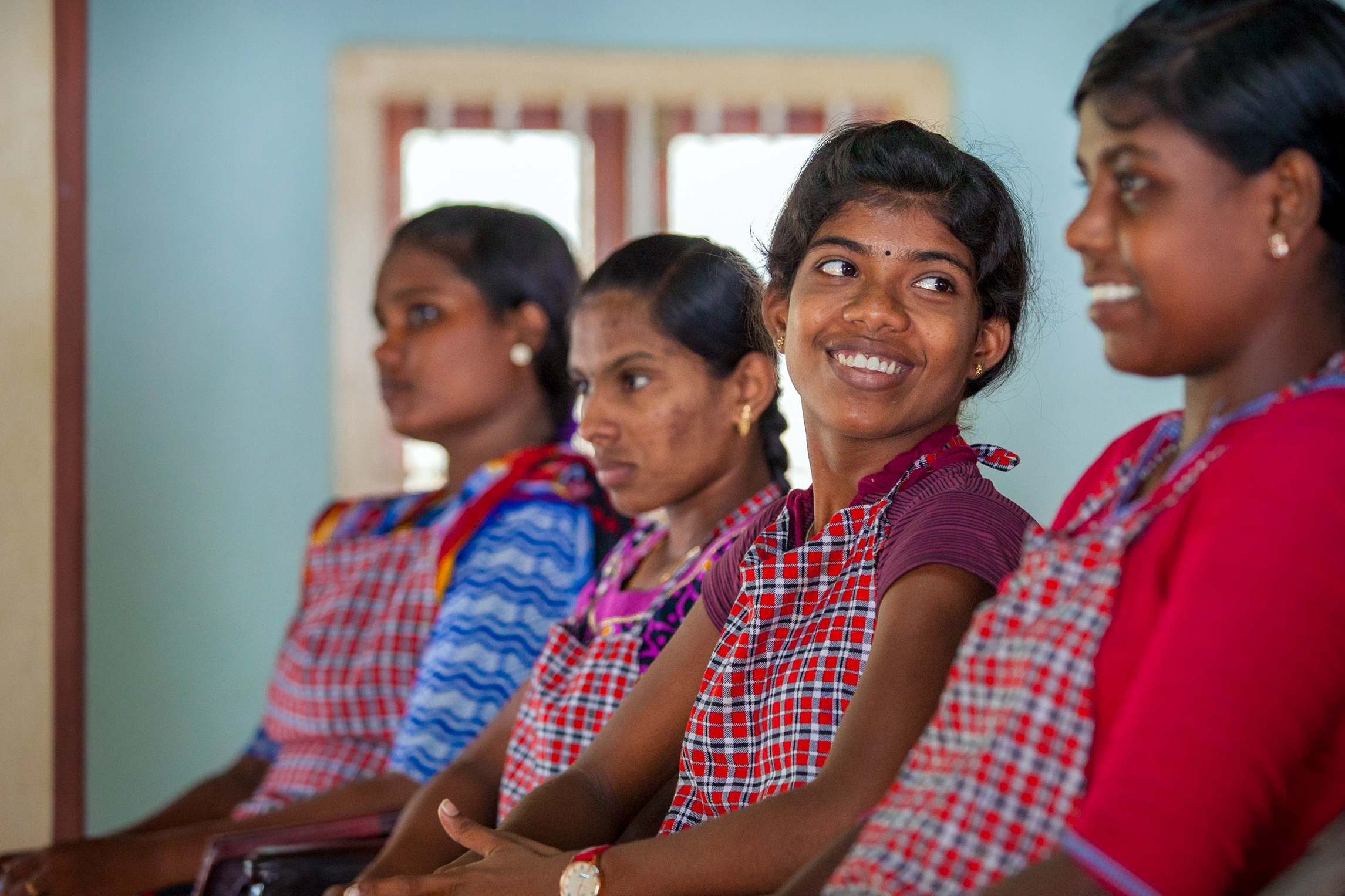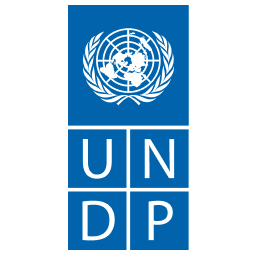COVID-19 Global Gender Response Tracker
Last Updated on 14 November 2022
Overview
The COVID-19 Global Gender Response Tracker monitors responses taken by governments worldwide to tackle the pandemic, and highlights those that have integrated a gender lens. It identifies policy measures that address women’s economic security, unpaid care work, and violence against women and tracks women’s participation in COVID-19 task forces.
Explore the different products from the COVID-19 Global Gender Response Tracker:
- The report Government Responses to COVID-19: Lessons on gender equality for a world in turmoil
- Promising Policies for Gender Equality Catalogue
- Global and regional highlights from the Gender Tracker in these factsheets
- COVID-19 Global Gender Response Tracker with a Green Lens
The Research Team
The tracker is coordinated by UNDP with substantive leadership and technical contributions from UN Women. It is co-created by both entities and based on publicly available information, including media coverage, official documents, and other COVID-19 policy trackers. In some cases, information on measures was provided by UNDP and UN Women country offices. The Green Lens of the tracker is supported through collaboration with OECD. Additional research is conducted by our valuable team of UN Online Volunteers. The methodological guidelines for data collection on COVID-19 Task Forces were established by Gender Inequality Research Lab (GIRL) at the University of Pittsburgh, through their ongoing partnership with UNDP on Gender Equality in Public Administration. The task force data were compiled by GIRL and UN Online Volunteers, with coordination by the Tracker team, and validated by UNDP/UN Women with the support of country offices.
Question and Answers
For the purpose of the tracker, gender-sensitive measures are defined as those that seek to directly address gendered risks and challenges caused by the COVID-19 crisis. These risks include: (i) violence against women and girls, (ii) women’s economic security, and (iii) unpaid care work.
- Measures to tackle violence against women are gender-sensitive by default.
- Gender-sensitive measures that support women’s economic security include: (a) social protection measures that target women or prioritize them as the main recipients of benefits; (b) labour market measures aimed at improving women’s access to paid work and trainings; and (c) fiscal and economic measures that channel support to female dominated sectors of the economy.
- Gender-sensitive measures that address unpaid care include: (a) social protection measures that support women and men with care responsibilities or improve services for populations with care needs; and (b) labour market measures that help female and male workers with care responsibilities to cope with the rising demand for unpaid care.
Further details are available in the methodological note here.
The promising policies for gender equality presented in the catalogue come from a review of all gender-sensitive measures in the Gender Tracker by a team of gender specialists. Policies were examined for their potentially transformative impact on gender equality. Policies were assessed based on the quality of their gender-sensitive design and potential rather than observed impact because evidence to demonstrate results is not yet available in most cases. Experience from gender programming insights and learning, however, suggests that these measures hold potential for meeting women’s practical needs as well as strategically advancing their empowerment during recovery and altering their relationship with existing power structures in the private and public spheres. See the methodological note for more details.
The COVID-19 Global Gender Response Tracker with a Green Lens adapts the methodology from the OECD Green Recovery Database to define “green” or environmentally positive measures. Green measures those that were designed to target a range of environmental issues, such as air and water pollution, biodiversity, or waste and recycling management, and are likely to have a positive environmental impact. Also coded as “green” are measures which promote climate change adaptation and mitigation through investment in green technologies, support to disaster risk management and recovery, and other sustainability initiatives. See the methodological note for more details.
A COVID-19 task force is any institution (temporary or permanent) that was created by the national government to lead the response to the pandemic across any sector of public life (e.g. public health, economic recovery, enforcement). National bodies that existed prior to COVID-19 but are leading national response efforts are not included in this analysis. International or subnational task forces are also excluded. Further details can be found in the methodological note.
Use the country search function in the policy details section of the dashboard to identify policies in specific countries or territories. If policy measures or COVID-19 task forces for your country are missing, it means that the tracker has not identified such information based on publicly available sources. If you have this information, you are welcome to send it to covid.gender.helpdesk@undp.org.
The tracker provides concrete data that identifies clear policy gaps in the global response to COVID-19, showing the weak policy response to women’s economic security and unpaid care and how climate and environmental action have often taken a backseat in policy making during the public health crisis. This suggests that countries need to take firm action in social protection, labour market and economic policies to fulfil women’s needs and rights, while keeping climate and environmental goals at the centre of emergency policy response The tracker also offers a wealth of good practices and country examples of what has been done to address gender-differentiated risks and environmental and climate priorities duringCOVID-19 response and recovery. This provides a resource for policy learning and innovation for how countries can build forward better prioritizing gender equality and the environment in their emergency response and recovery efforts.
The tracker focuses on responses that are taken by governments and doesn’t aim to cover initiatives implemented by other stakeholders including UN agencies and non-governmental organizations. Nonetheless, measures that have been supported by the UN or other organizations are included in the tracker as long as they have been led by governments.
The tracker classifies countries based on fragility status and includes relevant data where available. You can find disaggregated information on policy measures in countries in fragile and conflict-affected settings using the filters at the top of the dashboard.
While the tracker focuses on measures targeting women and girls, it often captures measures that also target LGBTIQ people and other underserved populations. To find these polices, conduct a keyword search in the policy details section of the dashboard.







